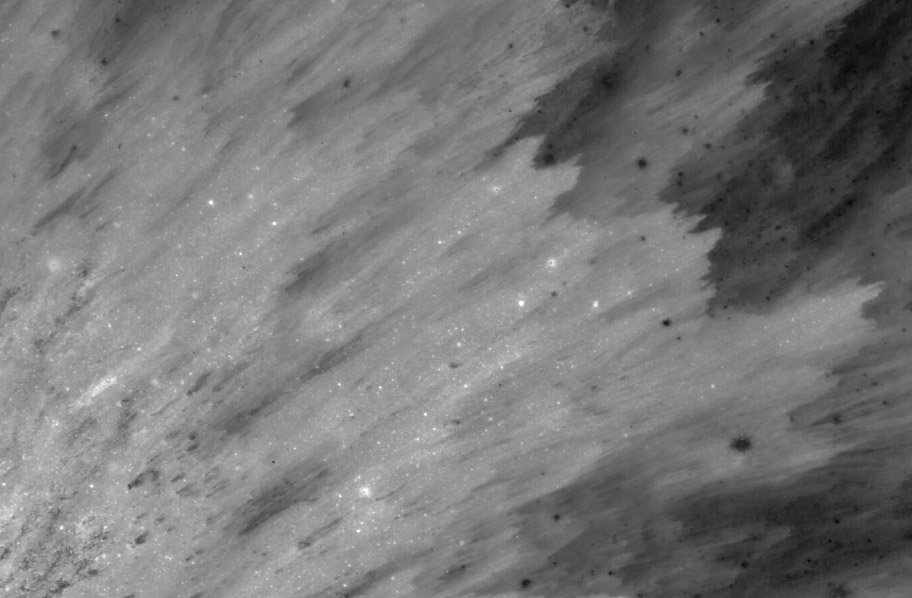Difference between revisions of "October 14, 2009"
| (3 intermediate revisions by the same user not shown) | |||
| Line 1: | Line 1: | ||
__NOTOC__ | __NOTOC__ | ||
=Swept Away= | =Swept Away= | ||
| + | <!-- Start of content --> | ||
<!-- ws:start:WikiTextHeadingRule:0:<h1> --> | <!-- ws:start:WikiTextHeadingRule:0:<h1> --> | ||
<!-- ws:start:WikiTextLocalImageRule:6:<img src="/file/view/LPOD-Oct14-09.jpg/94988128/LPOD-Oct14-09.jpg" alt="" title="" /> -->[[File:LPOD-Oct14-09.jpg|LPOD-Oct14-09.jpg]]<!-- ws:end:WikiTextLocalImageRule:6 --><br /> | <!-- ws:start:WikiTextLocalImageRule:6:<img src="/file/view/LPOD-Oct14-09.jpg/94988128/LPOD-Oct14-09.jpg" alt="" title="" /> -->[[File:LPOD-Oct14-09.jpg|LPOD-Oct14-09.jpg]]<!-- ws:end:WikiTextLocalImageRule:6 --><br /> | ||
| Line 13: | Line 14: | ||
<br /> | <br /> | ||
<strong>Related Links</strong><br /> | <strong>Related Links</strong><br /> | ||
| − | Rükl plate [ | + | Rükl plate [https://the-moon.us/wiki/R%C3%BCkl_47 47]<br /> |
<br /> | <br /> | ||
| + | <p><b>Yesterday's LPOD:</b> [[October 13, 2009|A Second Front]] </p> | ||
| + | <p><b>Tomorrow's LPOD:</b> [[October 15, 2009|A New Idea]] </p> | ||
<hr /> | <hr /> | ||
| + | {{wiki/ArticleFooter}} | ||
Latest revision as of 18:55, 13 October 2018
Swept Away

LRO Narrow Angle Camera image from NASA/ASU
Looking like an expanding curtains of gas from a nebula this is actually a highly detailed view of ejecta from a small fresh lunar impact crater. The 700 m wide source crater, just north of Leakey, is off the image at bottom left, and appears just as a bright dot in the Clementine image. This area is within about one crater diameter from the crater rim and is the continuous ejecta deposit, with the rays starting further out. I am surprised at the sharpness of the front of the deposits - these look more like surges that travelled across the ground until they stopped, rather than ballistic deposits that still had a forward momentum when they hit the surface. The dark spots and bright ones are subsequent impact craters that excavated into and beneath the fresh bright ejecta. Explore the full resolution image and you will see that near the crater most of the spots are bright because that is where the ejecta is thickest. Further away, dark halo craters occur that excavated through the bright ejecta to older more mature (space weather darkened) material. The bright spots tend to be smaller, consistent with not digging through the ejecta.
Chuck Wood
Technical Details
Sep 30, 2009 23:20:04 UTC
Related Links
Rükl plate 47
Yesterday's LPOD: A Second Front
Tomorrow's LPOD: A New Idea
COMMENTS?
Register, Log in, and join in the comments.



